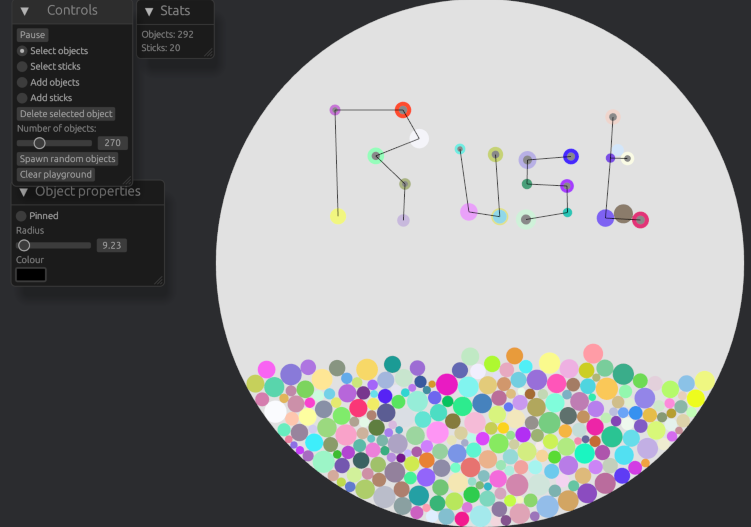- 1 Post
- 5 Comments

 0·5 months ago
0·5 months agoA list comprehension is used to convert and/or filter elements of another iterable, in your case a range but this could also be another list. So you can think of it as taking one list, filtering/converting each element and producing a new list as a result.
So there’s no need to append to any list as that’s implicit in the comprehension.
For example, to produce a list of all squares in a range you could do:
[x*x for x in range(10)]This would automatically “append” each square to the resulting list, there’s no need to do that yourself.

 0·7 months ago
0·7 months agoCommon Lisp. I really enjoy the interactive development experience and the language itself (and macros). I feel though that the ecosystem isn’t very active and so existing libraries are often unmaintained which is a shame.
And for those that don’t you have JC
Please tell me more about How many of you are actually chatbots?




Sorry, not sure how that happened! Yes, here it is: https://blog.polaris64.net/post/verlet-physics-playground/